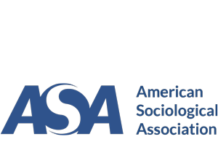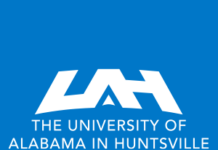 The American Bar Association has compiled and published enrollment and degree completion data for its member law schools. Here we will examine Black enrollments at the five law schools in the Ivy League, several of which are ranked among the best law schools in the United States.
The American Bar Association has compiled and published enrollment and degree completion data for its member law schools. Here we will examine Black enrollments at the five law schools in the Ivy League, several of which are ranked among the best law schools in the United States.
Black students make up at least 11 percent of total enrollments at all five Ivy League law schools. Leading the group is Columbia University in New York where there are 39 Black students out of a total enrollment of 124. Thus, Blacks are 31.2 percent of the total enrollments.
At Harvard Law School and the University of Pennsylvania Law School, Blacks make up more than 20 percent of the student body.
At Yale Law School, the nation’s highest-ranked law school according to U.S. News & World Report, there are 15 Black students among the 98-member student body.
There are 11 Black students at Cornell Law School. They make up 11 percent of total enrollments.
At the University of Pennsylvania Law School, there are equal numbers of men and women among Black students. At the other four Ivy League law schools, women make up a majority of the Black students.
At Yale Law School, women make up 73 percent of Black enrollments. At Harvard Law School and Cornell Law School, women are at least 63 percent of all Black enrollments. At Columbia Law School there are 22 women. or 56.4 percent, of the 39 Black students.












The data in this summary is misleading in parts and blatantly incorrect in others. At several points, you mention total enrollment when you should have specified you were referring to total first-year student enrollment.
The data cited for Columbia are a prime example of these errors. Blacks make up a total first-year enrollment of 39 to the all student first-year total of 368 per the ABA report. This means the total Black first-year enrollment is 10.6%, not 31.2%. And the total Black enrollment compared to the entire school enrollment is 9.3%.
Those that are truly interested in the data will need to consult the report directly, not this summary.
I agree completely with S, but didn’t even get to see the actual data because the link is bad. I’d The AALS (Assn of American law schools) has been keeping performance data by race under raps, and literally unavailable to any researchers. It’s been under raps for years.
Bottom line: mild affirmative action is fine for DOAS and Indigenous. But too much of an admissions gap makes anyone sit at the bottom of the class. Why else do you think the AALS has been keeping it secret? When I went to Stanford Law, we just had a little gap for blacks and hispanics, but that was in the early 80s. Class rank was posted by name on the wall. They did fine, and the year after I graduated, a black male made Editor in Chief of the law review, on merit. my guess of what is fair to expect to have this sort of situation is for Blacks to comprise 5%, not percentage of pop at top law schools. Likely the same at other good law schools.
Hey, sorry about that raps. I’ve not slept in 24 hours, and when that happens for some reason every same sound word comes out: here/hear and about 50 different ones. No pun was intended, I assure you. I was laughing, though, when I saw it. But with it being BOTH of them I didn’t want you to think I was being disrespectful. That’s not my style. Thanks. Look forward to being approved and hopefully finding a working link at ABA site.